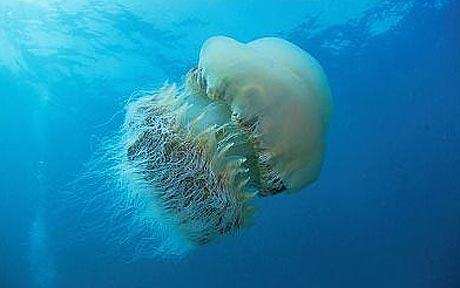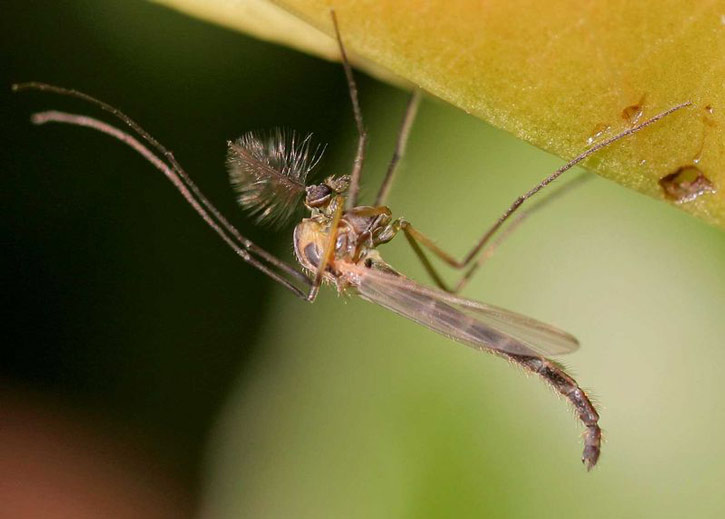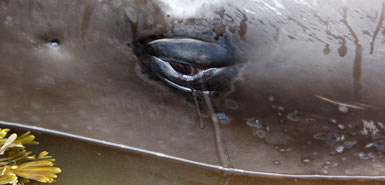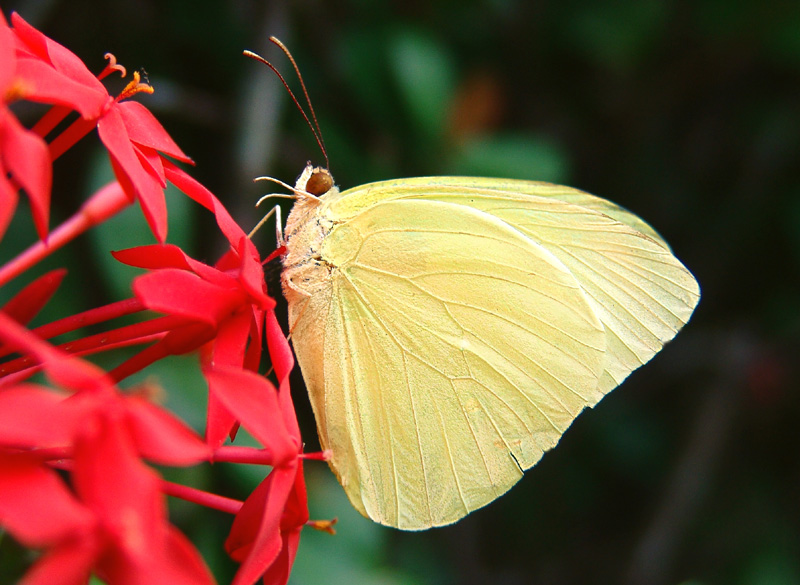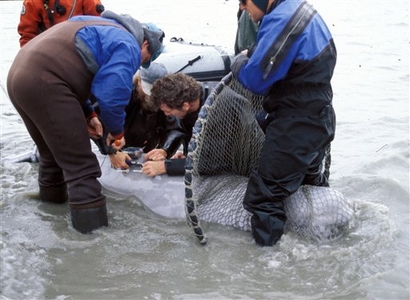
© AP Photo/NOAAIn this Feb. 27, 2006 file photo released by the National Oceanic & Atmospheric Administration shows NOAA fisheries biologists, left to right, Matt Eagleton, Dan Vos, Greg O'Corry-Crowe and Rod Hobbs, placing a satellite transmitter onto a female beluga whale in Cook Inlet near Anchorage, Alaska. A survey by the National Oceanic and Atmospheric Administration found that the number of beluga whales in Cook Inlet is again declining.
Anchorage Alaska - A government study found that a group of endangered beluga whales in Alaska is declining, raising concern that bolstered protection for the animals is not coming quickly enough.
The downward trend comes after two years where numbers for the Cook Inlet belugas appeared to have stabilized. But now numbers have slipped again to 321 animals, down from an estimated 375 animals in 2007 and 2008, according to figures released Tuesday by the National Oceanic and Atmospheric Administration.
The Cook Inlet whales, which swim mainly off Anchorage, are considered a genetically distinct population and don't mix with the other four beluga groups in Alaska.
The lower number in 2009 underscores the need for NOAA to act more aggressively to reverse the decline and save the whales from extinction, said Brendan Cummings, oceans program director with the Center for Biological Diversity, a group that has used legal pressure to try and get more protections for Cook Inlet belugas.
